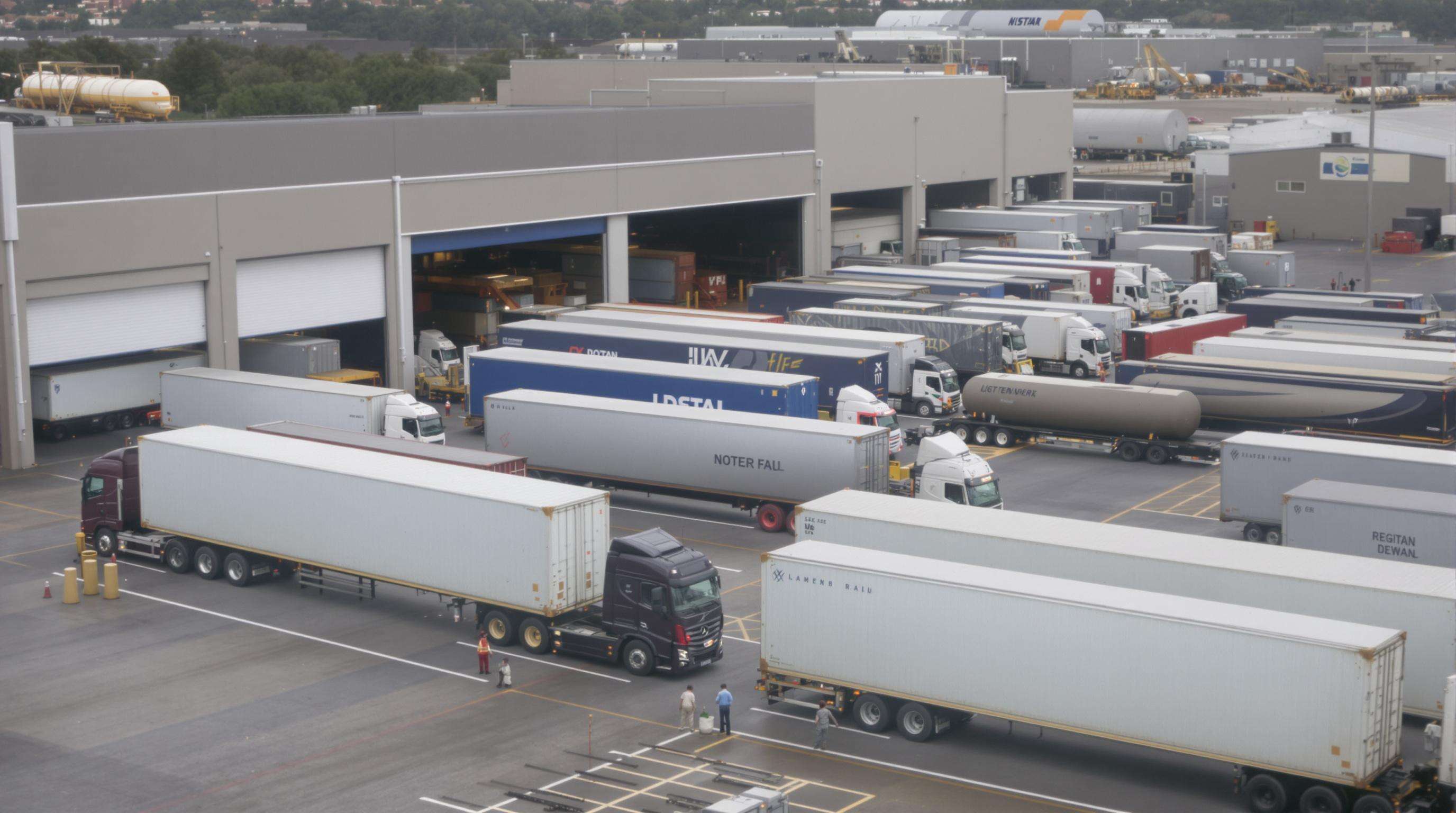Multimodal logistics networks bundle the road, the rail, the sea transport, and air traffic, under one contract, in the hands of one operator, and thereby avoid the fragmentation through integrated route planning and through a uniform liability structure. For instance, a large furniture retailer leverages bimodal by orchestrating sea as a mode for cross-ocean shipment and rail for freight transiting within the country, making deliveries 18% faster compared to the single mode approach. Dynamic rerouting of dispatch across the system that maintains obligations, with the system being adaptable to changes in the environment.

Strategically blending transport modes reduces per-mile shipping costs while accelerating deliveries. Companies adopting multimodal strategies lower logistics expenses by 15–22%, driven by:
E-commerce leaders prioritize these routes for high-volume corridors, saving $1.2–$2.8 per package versus trucking-only models.

AI-driven algorithms analyze traffic patterns and vehicle metrics to minimize fuel consumption. Machine learning reduces diesel usage by 12–18% in long-haul trucking through dynamic adjustments and predicts bottlenecks at intermodal hubs 48 hours in advance, avoiding 73% of potential delays.
IoT sensors track cargo conditions like temperature and humidity, triggering automated adjustments. This reduces perishable goods spoilage by 33%, while rail operators using predictive maintenance report 41% fewer mechanical failures.
AI tools forecast demand with 94% accuracy by analyzing sales cycles and trends. Retailers save $2.7M annually per distribution center in overstock costs and adjust carrier allocations 72 hours before volume surges.
Blockchain automates compliance via smart contracts, reducing disputes by 47% and accelerating invoice clearance by 32%. Distributed ledgers allow cross-border stakeholders to verify terms without centralized oversight.
Virtual replicas test transport scenarios using real-time IoT data, recommending optimal routes. Advanced models cut unplanned downtime by 29% through predictive maintenance. Combined with blockchain, operators achieve 18–24% faster cargo handovers between modes.
Micro-hubs slash last-mile distances by 30% versus traditional warehouses. E-cargo bikes from these hubs cut emissions by 41% per delivery, while retailers achieve 2-hour windows at 22% lower costs.
AI matches delivery capacity to demand fluctuations, reducing idle vehicle time by 35%. During peaks, algorithms redirect underutilized rail or maritime handlers to assist road networks, cutting missed deliveries by 18%.
Key Metric: Integrated last-mile strategies boost customer retention by 27% due to reliability.
Collaboration between logistics operators, tech innovators, and regulators aligns infrastructure with demand. Blockchain-powered smart contracts ensure compliance between shipping lines and ports, synchronizing maintenance and congestion pricing.
Interoperable digital platforms enable real-time data exchange between transport modes. Cloud-based systems automate document verification, while middleware bridges legacy and IoT systems for modernization without downtime. Digital twins enhance resilience by preemptively modeling bottlenecks.
Multimodal logistics networks integrate various transport modes like road, rail, sea, and air under one contract, coordinated by a single operator, ensuring streamlined route planning and uniform liability.
By strategically blending transport modes, companies can lower logistics expenses through minimized handling fees, reduced fuel costs during off-peak rail usage, and optimized routing using micro-hubs for last-mile delivery.
AI optimizes routing by analyzing traffic patterns and vehicle metrics, minimizes fuel consumption, forecasts demand with high accuracy, and dynamically adjusts to avoid delays and improve efficiency.
Blockchain provides transparency and automates compliance via smart contracts, while digital twins simulate transport scenarios for optimized routing, reducing downtime and accelerating cargo handovers.
 Hot News
Hot News2024-11-15
2024-11-11
2024-11-06
2024-10-31
2024-10-28
2024-10-25